As announced, we are on a round trip through the north of Chile. We are a little surprised, we may have started in the Atacama Desert near San Pedro de Atacama, but the whole of northern Chile seems to be one big desert. We drive for hours through rocky and sandy landscapes. It’s dusty but at least we’re moving on very good roads: That’s the advantage of Chile. The state infrastructure is much more advanced than in most Latin American countries we have visited so far. With the negative consequence that the bureaucracy is also growing over everyone’s head. Bureaucracy and Latinos, from our point of view a fatal mixture that can completely paralyze a country, but it’s not that bad in Chile yet. But back to our destination: the Humberstone saltpeter works.
The ruins of the Humberstone saltpeter works
In the middle of the desert-like landscape in the north of Chile, a mine and refinery for saltpeter was established at the end of the 19th century. Originally a private company, Humberstone grew into a small settlement with up to 3,500 inhabitants, all of whom were dedicated to mining saltpeter and refining it into sodium nitrate and iodine. The ongoing wars at the beginning of the 20th century in particular contributed to the upswing, as sodium nitrate is a main component of gun powder. As the wars slowly came to an end, alternative uses such as fertilizer came to the fore. This did not contribute enough to sales, which is why the Humberstone saltpeter works were finally closed in 1961. Since then, the buildings and industrial halls have been exposed to the weather of the desert. Today we can see Humberstone as an open-air museum. We stroll through the dusty alleyways between the simple tin huts and feel transported back in time. Humberstone could just as easily be the setting for a western movie. Thanks to the many people who lived in the desert, it has everything that makes up a settlement: church, theater, market, schools, residential buildings, dentist and even industrial facilities including a railroad station and old steam locomotive skeletons.
Today’s museum is neatly arranged and covers various aspects of life at the beginning of the 20th century. We see collections of documents, toys, tools and workshops. Of particular interest to us are the simple yet diverse living conditions. Even back then, every home had a shower, not bad we think. But apart from that, it must have been very long hours mining saltpeter or refining it – not really a pleasant life in the middle of the desert.
The atmosphere is impressive, with weathered corrugated iron sheets blowing in the brisk wind everywhere. It is never quiet; something rattles and rustles everywhere. Humberstone is a little intimidating, like a crime scene from a bad horror movie. Well, it is impressive to see a desert settlement from a bygone era!
We now make our way back to Calama via Iquique. From there we will soon be heading back to San Pedro de Atacama and then over the Paso Jama to Argentina.


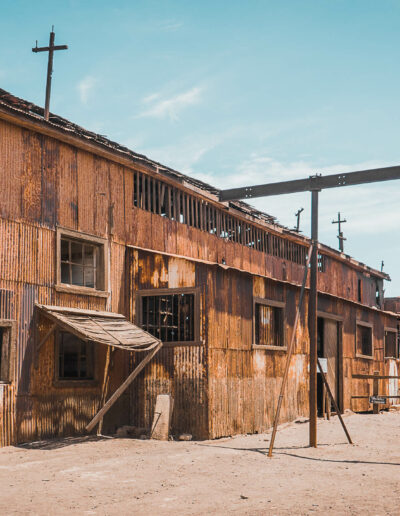
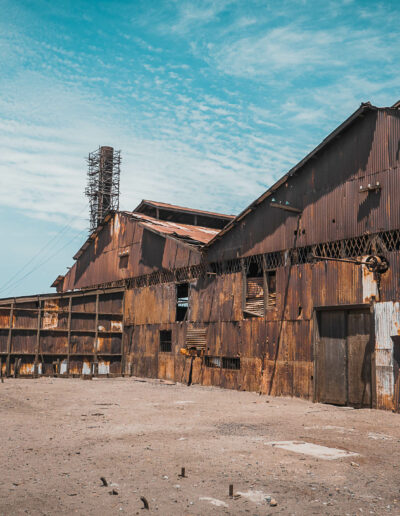
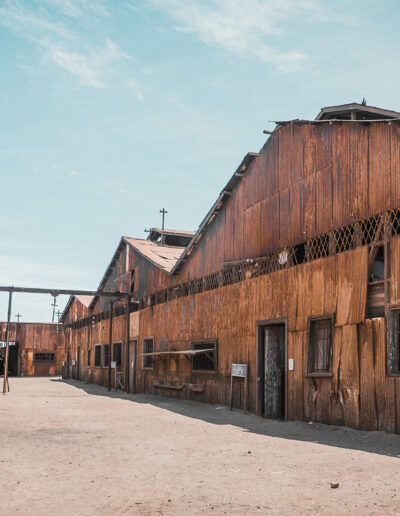
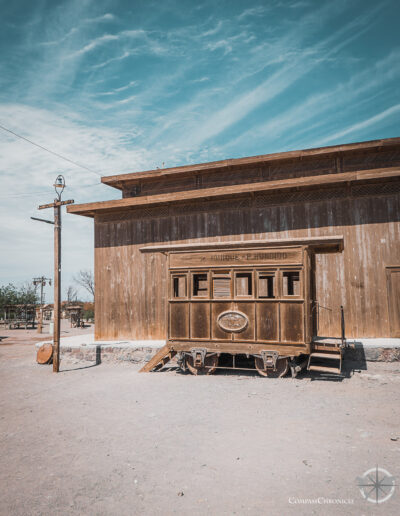
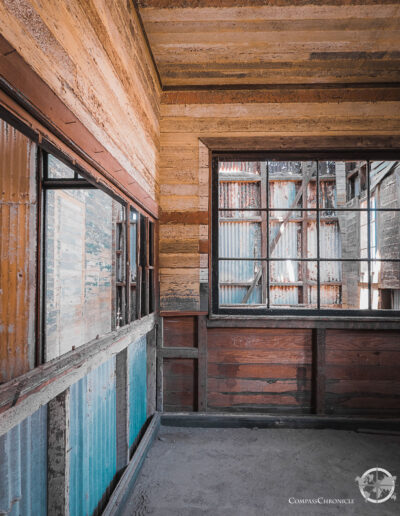

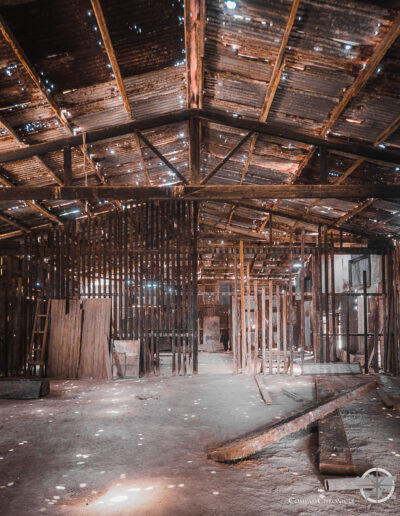




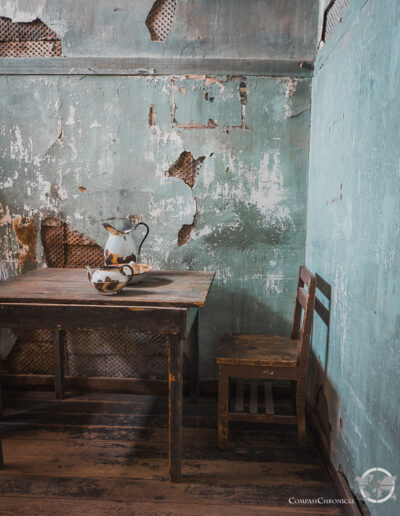
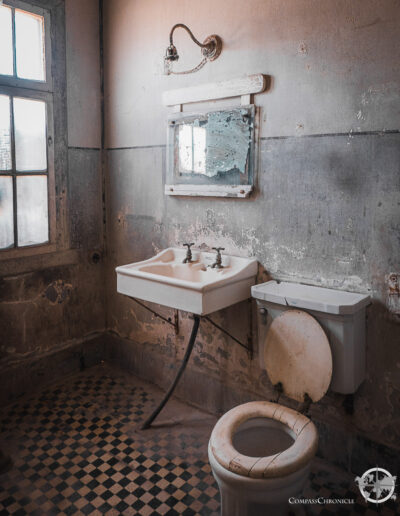

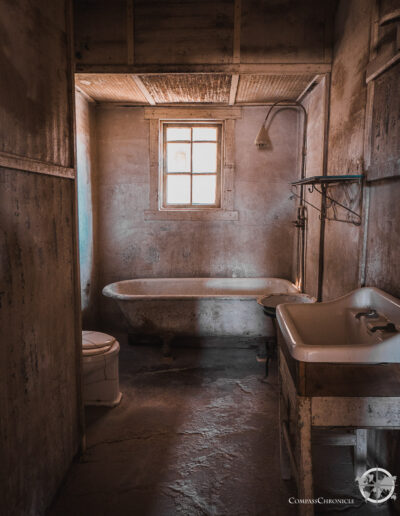
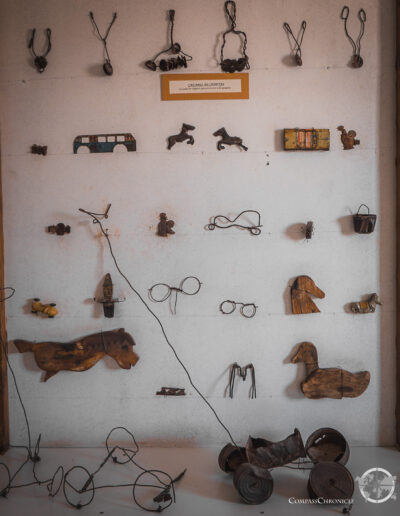
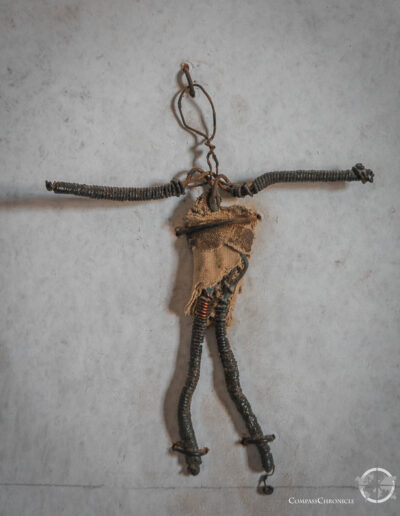





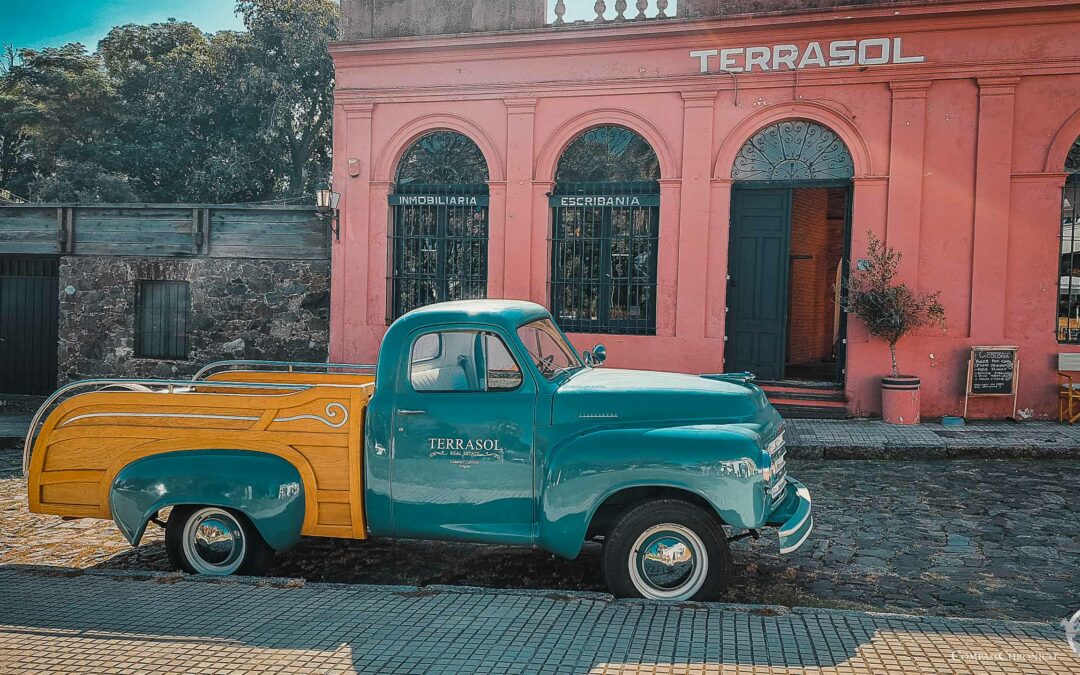
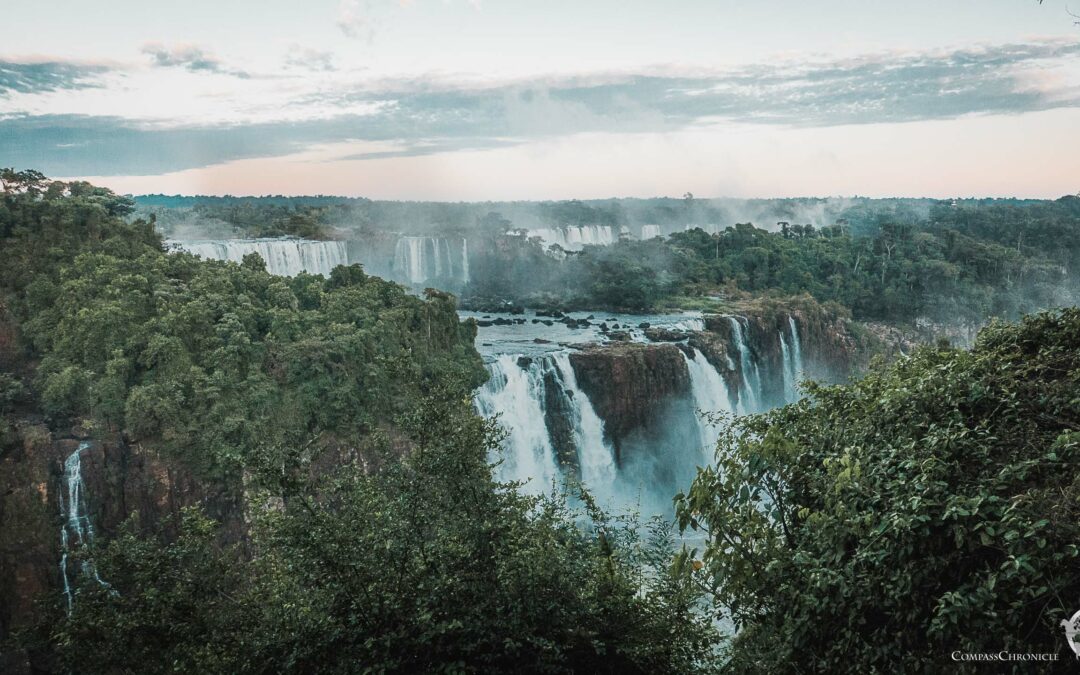

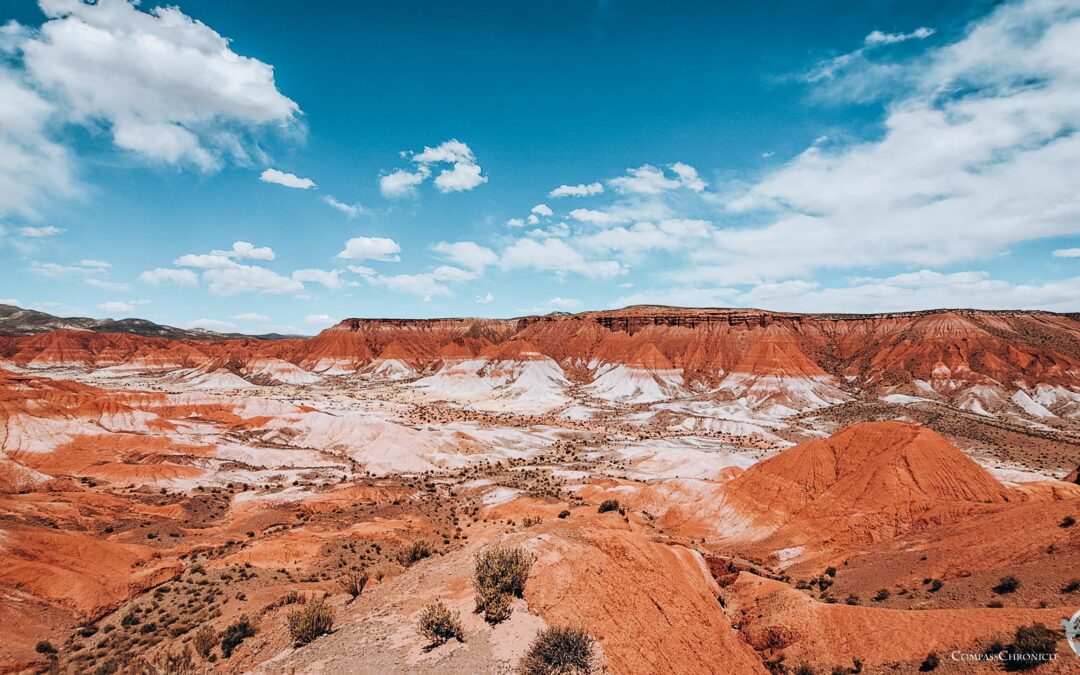
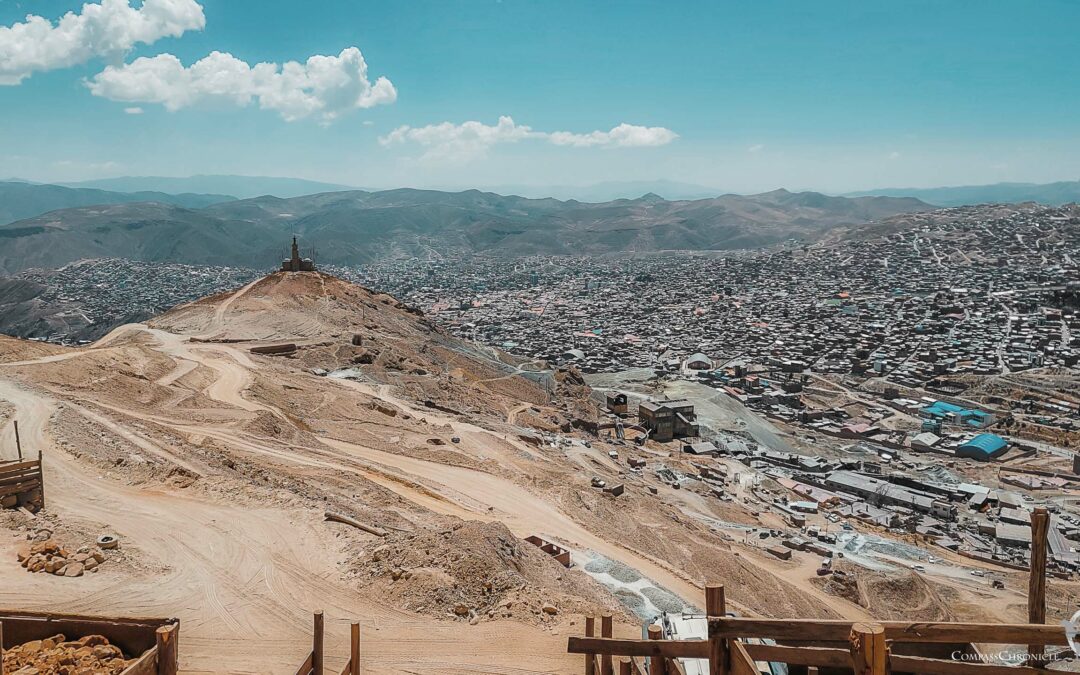

0 Comments